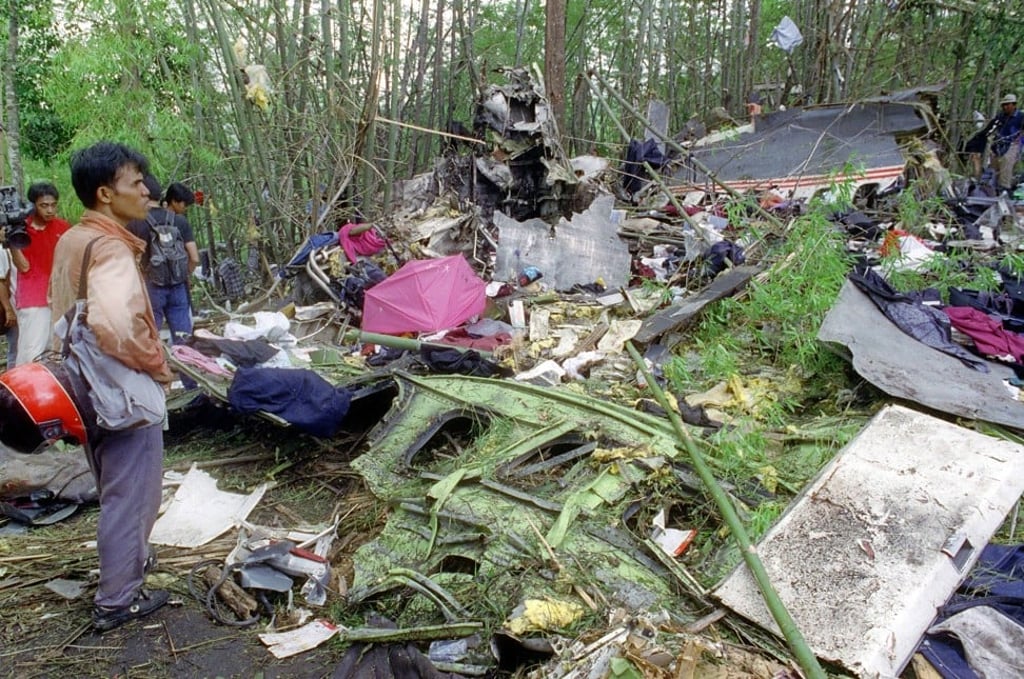Pilgrimage to Thai plane crash site for aunt killed 28 years ago: ‘I’m here for you. You’re no longer alone.’
- Felix Wong’s young aunt Fung Yuk-wan was among 223 people who died in Thailand’s worst air disaster on May 26, 1991. Fifty-two were Hongkongers
- The 25-year-old travelled 12,000km from Vancouver to the remote jungle where the plane crashed, looking for clues to his aunt’s last few minutes

The bumpy, undulating dirt track snakes through a dense bamboo forest in central Thailand’s Phu Toei National Park. The powdery dust that covers it billows at the slightest disturbance, stinging the eyes and irritating the throat.
Carved into a hillside, the road zigzags beside steep ravines and is flanked by towering bamboo canes that knock about in the breeze with an eerie clatter. Here and there fallen vegetation blocks the way.
Locals in this rural backwater of Suphanburi province believe that ghosts haunt these woods. Few of them dare stay after nightfall.
It’s still well before sunset one recent afternoon when Boonsom Tansiam, a local farmer, navigates the treacherous terrain in his ageing pickup truck. In the back Felix Wong, a young Hong Kong-born Canadian, perches precariously over a wheel in the vehicle’s open cargo area with this journalist for company.

This bone-jarring ride is the last leg of a journey that has taken Wong 12,000km (about 7,500 miles) from his home in Vancouver to this far-flung location way off any of Thailand’s well-trodden tourist trails. The 25-year-old has travelled here with a mission: to look for clues that will shed light on the last minutes of the life of an aunt he never met.
It was in this forest that Lauda Air Flight 004 crashed on the night of May 26, 1991. The airliner, part of a fleet operated by a company set up by Austrian Formula One driver Niki Lauda, was bound for Vienna, Austria, from Hong Kong, with a stopover in Bangkok.